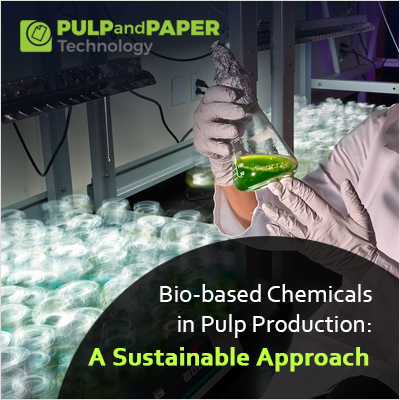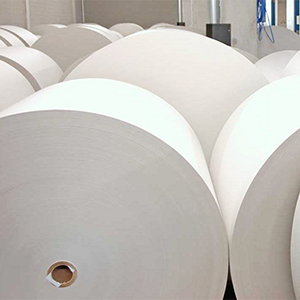Bio-based Chemicals in Pulp Production: A Sustainable Approach

Introduction:
Pulp production, a pivotal stage in paper manufacturing, has traditionally relied on chemicals derived from fossil fuels, contributing to environmental degradation. In response to the pressing need for sustainability, the industry is undergoing a transformative shift by incorporating bio-based chemicals into the process. This not only addresses environmental concerns but also strives to create a circular and eco-friendly production cycle.
The Traditional Pulp Production Process:
Conventional pulp production involves using chemicals like chlorine and hydrogen peroxide to break down wood fibers into pulp. Unfortunately, these chemicals contribute to environmental pollution, posing risks to ecosystems and human health. Additionally, the dependence on fossil fuel-derived chemicals significantly contributes to the carbon footprint of the paper industry.
The Emergence of Bio-based Chemicals:
Recent years have witnessed a growing interest in replacing traditional chemicals with bio-based alternatives in pulp production. Bio-based chemicals are derived from renewable sources such as plants, algae, or waste materials, offering a more sustainable and eco-friendly option. These alternatives aim to minimize the environmental impact of pulp production while maintaining the quality and efficiency of the process.
Bio-based Bleaching Agents:
A significant area of innovation in sustainable pulp production is the development of bio-based bleaching agents. Chlorine, traditionally a widely used bleaching agent, poses significant environmental risks. Bio-based alternatives, including enzymes and peracetic acid derived from renewable sources, are gaining traction for their ability to whiten pulp without the harmful effects associated with chlorine-based bleaching.
Enzymatic Hydrolysis:
Enzymes play a crucial role in the decomposition of cellulose within wood fibers, streamlining the pulp production process. The industry is increasingly adopting enzymatic hydrolysis, a method that utilizes enzymes to break down cellulose into sugars. These enzymes can be derived from microorganisms or genetically modified plants, providing a sustainable substitute for conventional chemical approaches.
Bio-refining and Sustainable Feedstocks:
Bio-refining processes are being integrated into pulp production to extract valuable chemicals and materials from biomass. This not only reduces waste but also provides additional revenue streams for pulp mills. Sustainable feedstocks, such as agricultural residues and non-food biomass, are being explored as alternatives to wood-derived feedstocks, further reducing the environmental impact of pulp production.
Challenges and Solutions:
While the adoption of bio-based chemicals in pulp production is promising, challenges exist, primarily in scaling up production to meet the demands of the paper industry. Research and development efforts are underway to optimize processes and improve the cost-effectiveness of bio-based alternatives. Additionally, the industry is working towards creating standardized certifications for bio-based products to ensure their sustainability claims.
Economic and Environmental Benefits:
The shift towards bio-based chemicals in pulp production offers a myriad of economic and environmental benefits. By reducing reliance on fossil fuels, the industry can lower its carbon footprint and decrease its impact on climate change. Moreover, bio-based chemicals often have lower toxicity, reducing the environmental risks associated with traditional chemicals.
Social Implications:
In addition to the economic and environmental advantages, the utilization of bio-based chemicals in pulp production carries social implications. With a rising awareness of environmental concerns among consumers, there is an increasing desire for sustainable products. Pulp and paper companies that integrate bio-based chemicals into their processes can not only satisfy this demand but also improve their corporate image, appealing to a wider consumer audience.
Conclusion:
In conclusion, the integration of bio-based chemicals into pulp production represents a substantial leap towards a more sustainable and environmentally friendly paper industry. As technology advances and the demand for eco-friendly products continues to rise, the adoption of these alternatives is likely to become more widespread. The transition to bio-based chemicals not only aligns with global sustainability goals but also positions the pulp and paper industry as a leader in responsible and environmentally conscious manufacturing. By embracing these innovations, the industry can contribute to a circular economy, reduce environmental impact, and meet the growing demand for sustainable products, ushering in a new era of responsible production in the pulp and paper sector.









